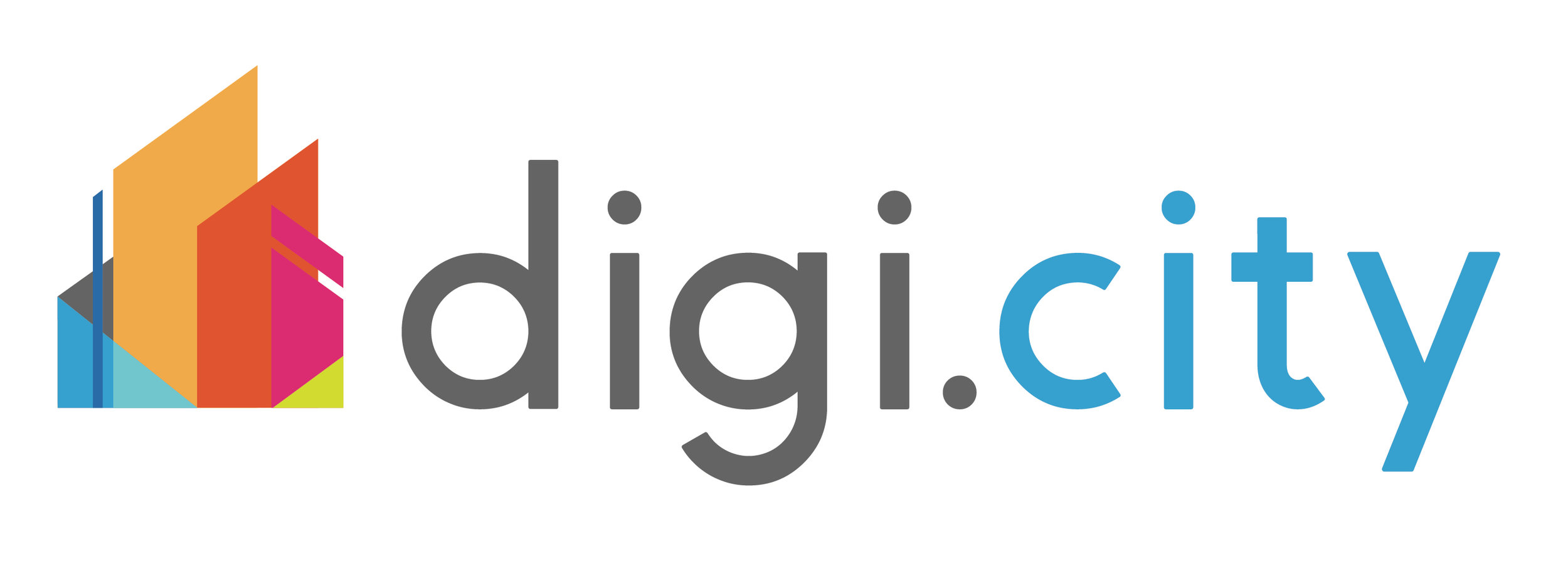From New York City to Dubai, cities across the globe are racing to exemplify the best model of what it means to be smart. Using significant capital investment, public-private-partnerships (P3s), and new internal innovation-focused positions – the fascination with becoming a smart city is at an all time high. The desire to be a smart city is actually not a new concept – the information and communication technology (ICT) approach to cities began in the early 1970s in Los Angeles and continued to increase in focus as technology has become increasingly democratized. The early days of the U.S.-focused smart cities movement has been dominated by shiny application or hardware, rather than stories of lasting sustainable change. Now that some maturing of the movement has occurred, it’s time that we move beyond the hype, recognize the more deliberate champions and outline a few meaningful steps to becoming smarter.
So two senators, an FCC Commissioner, and the DOT’s Under Secretary for Policy walk into the Bloomberg Government offices. If you think that sounds like the start of a really good story, you’re right. And the beneficiaries are Americans all across the country.
Read MoreWhat do you get when you host a panel of Chief Sustainability Officers and utility experts followed by a fast pitch from innovation solution providers? The answer is a smart city shark tank.
Read MoreLast Thursday, the Mission Economic Development Corporation held its first ever Civic Innovation Summit, hosting speakers, entrepreneurs, and creators from all over the United States. The all-day event is also the first of its kind in the Valley.
Read More



















